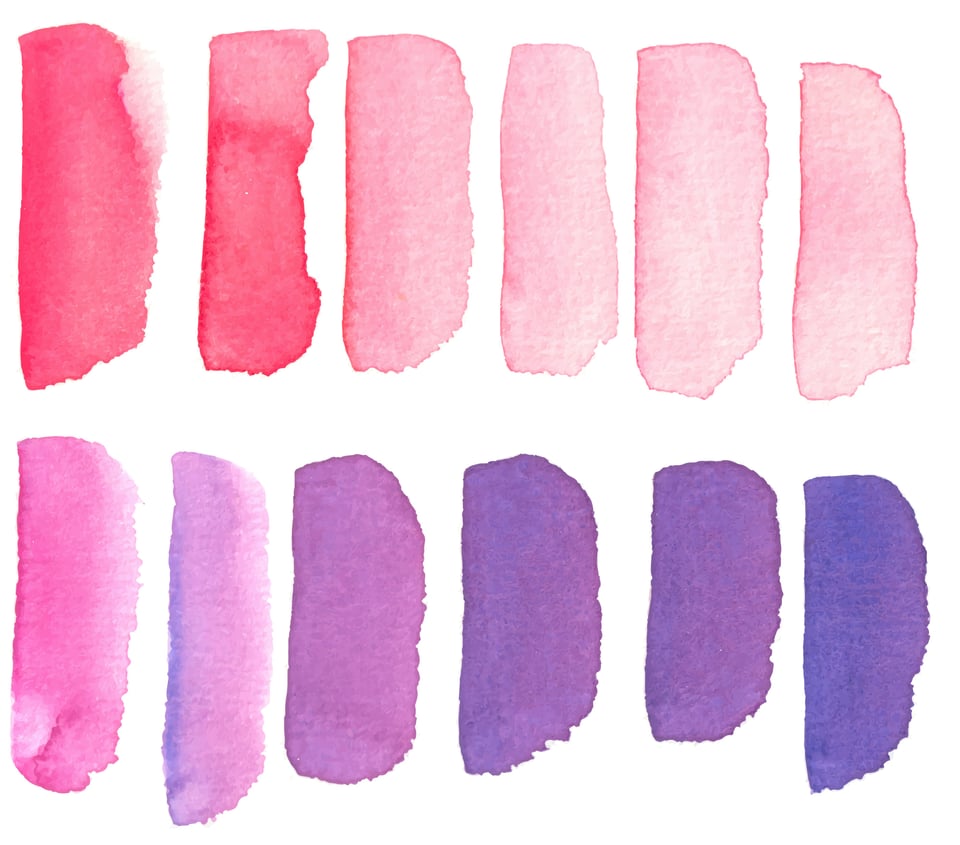Q&A: When to Shift Your Productivity Approach
adapting tools and strategies based on real life

Happy last day of April! I received an excellent question for this month’s Q&A, and I can’t wait to dive in.
A quick reminder: today’s newsletter is one of my quarterly bonus posts for paid subscribers, but I’ll be back next week with my regular first newsletter of the month for all subscribers. If you’re a free subscriber, you can read a preview of the newsletter and upgrade to read more below.
Thanks so much for your ongoing support! I hope you find today’s letter helpful and inspiring.
Hi Dr. Kate! I'd be curious to hear about a time when you realized that a system, tool, or strategy that used to work for you wasn't helping you anymore. How did you know it wasn't working? How did you decide what to shift to?
The word that stuck out to me when I first read this question was shift.
I tend to take an “if it isn’t broken, don’t fix it” approach. Once I find something that I enjoy and works well for me—a meal at a restaurant, a driving route, a productivity app—I like to stick with it instead of experimenting with other things just for the sake of sampling what’s out there (I own three pairs of my favorite pants in different colors).
Over time, however, tastes and needs might adjust. Usually, when I’ve realized systems weren’t helping me anymore and I needed to find a new, more helpful approach, it was because I was experiencing a shift in my life, like adapting my routines to a new housemate or transitioning from working at a college to working from home. Some shifts ebb and flow, too, like when I’m in a slower or a busier season.
I’ll group my answers to today’s question into three sections:
Tools that served a purpose…until they didn’t
Tools that I reach for sometimes
Tools that look like they’re here to stay